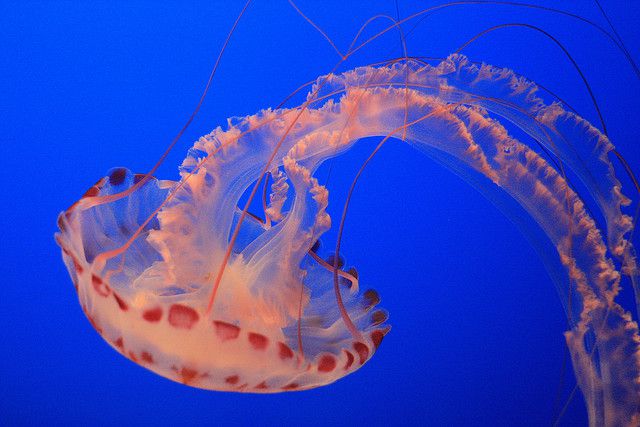-
 JAXA
JAXA
-
 Virtual memory
Virtual memory
-
 Glycoside
Glycoside
-
 Pleistocene
Pleistocene
-
 String theory
String theory
-
 Homeotic gene
Homeotic gene
-
 Choroid
Choroid
-
 Videophone
Videophone
-
 Germinal
Germinal
-
 Gastroenteritis
Gastroenteritis
-
 Livery
Livery
-
 AIDS
AIDS
-
 Histamine
Histamine
-
 Gravid
Gravid
-
 Segregation deposit
Segregation deposit
-
 Fibroblasts
Fibroblasts
-
 Smart phone
Smart phone
-
 Gamete
Gamete
-
 Limestone pavement
Limestone pavement
-
 Whitebeam
Whitebeam
-
 Gyrus
Gyrus
-
 Heliopause
Heliopause
-
 Cremaster
Cremaster
-
 Epidemic
Epidemic
-
 Temperate evergreen forest
Temperate evergreen forest
-
 CMV
CMV
-
 Cervical dysplasia
Cervical dysplasia
-
 Prostaglandin
Prostaglandin
-
 Constellation of Capricorn
Constellation of Capricorn
-
 AFSSAPS
AFSSAPS
Mesoglea
The mesoglea is a collagen-rich matrix that looks like jelly found in the body of sponges, Cnidaria (jellyfish and polyps) and Ctenaria (or Ctenophora). A few cells circulate (especially nervous cells) in it, but the mesoglea is not a tissue.
For this reason sponges and Cnidaria are classified as diploblastic. These are therefore animals of which the embryos have two types of layers, the ectoblast and the endoblast, which respectively turn into the ectoderm (which protects the animal from the exterior) and the endoderm (which handles digestion). Other animals, triploblastics, have an additional layer, the mesoblast, which produces internal organs.
 The body of a jellyfish is surrounded by a firm tissue, the ectoderm. Other types of cells, differentiated at a very early stage in the embryo, form the digestive system. This is the endoderm. No internal organs are found between the two, but instead a loose matrix, the mesoglea. © Semio/ Flickr CC by-nc-sa 2.0
The body of a jellyfish is surrounded by a firm tissue, the ectoderm. Other types of cells, differentiated at a very early stage in the embryo, form the digestive system. This is the endoderm. No internal organs are found between the two, but instead a loose matrix, the mesoglea. © Semio/ Flickr CC by-nc-sa 2.0
Latest
Fill out my online form.



